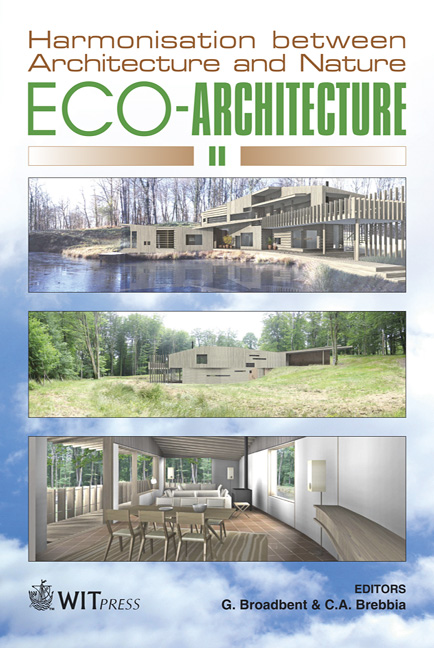Learning From Vernacular Architecture: Sustainability And Cultural Conformity
Price
Free (open access)
Transaction
Volume
113
Pages
11
Page Range
3 - 13
Published
2008
Size
1,897 kb
Paper DOI
10.2495/ARC080011
Copyright
WIT Press
Author(s)
B. A. Kazimee
Abstract
The paper will illustrate the identification of principles that will provide important insights and lessons for those that are involved in the development of future sustainable built environments. Using a case study of vernacular architecture of Nuristan located in the NE region of Afghanistan with unique geographical and cultural significant, this paper will seek to demonstrate the principles of vernacular design and technologies such as the sustainable performance of dwelling and settlements common in this region. The value of compact townscape and land-use economy, self-help and participatory housing approaches, conservation, and others that help protect the natural environment as well as enrich the cultural heritage will be presented. Keywords: vernacular design, user participation, cultural heritage, local technology and materials, conservation and density. 1 Introduction In a period of sumptuous progress and technological advancement that dominates every aspect of our lives, it may be unfashionable, to regress back in time and place and attend ourselves to the cause of vernacular building practices. And yet vernacular architecture represents more than a nostalgic longing for things and ways that have essentially become obsolete, but rather a learning method by which new global challenges can be addressed, challenges such as global warming, housing crises, and economic equality. In his work, Kenneth Frampton made a similar observation, pointing out that the importance of vernacular architecture need not be limited to sentimental regionalism but, when thoroughly analyzed, should yield to responses that are at once balanced and
Keywords
vernacular design, user participation, cultural heritage, local technology and materials, conservation and density.





